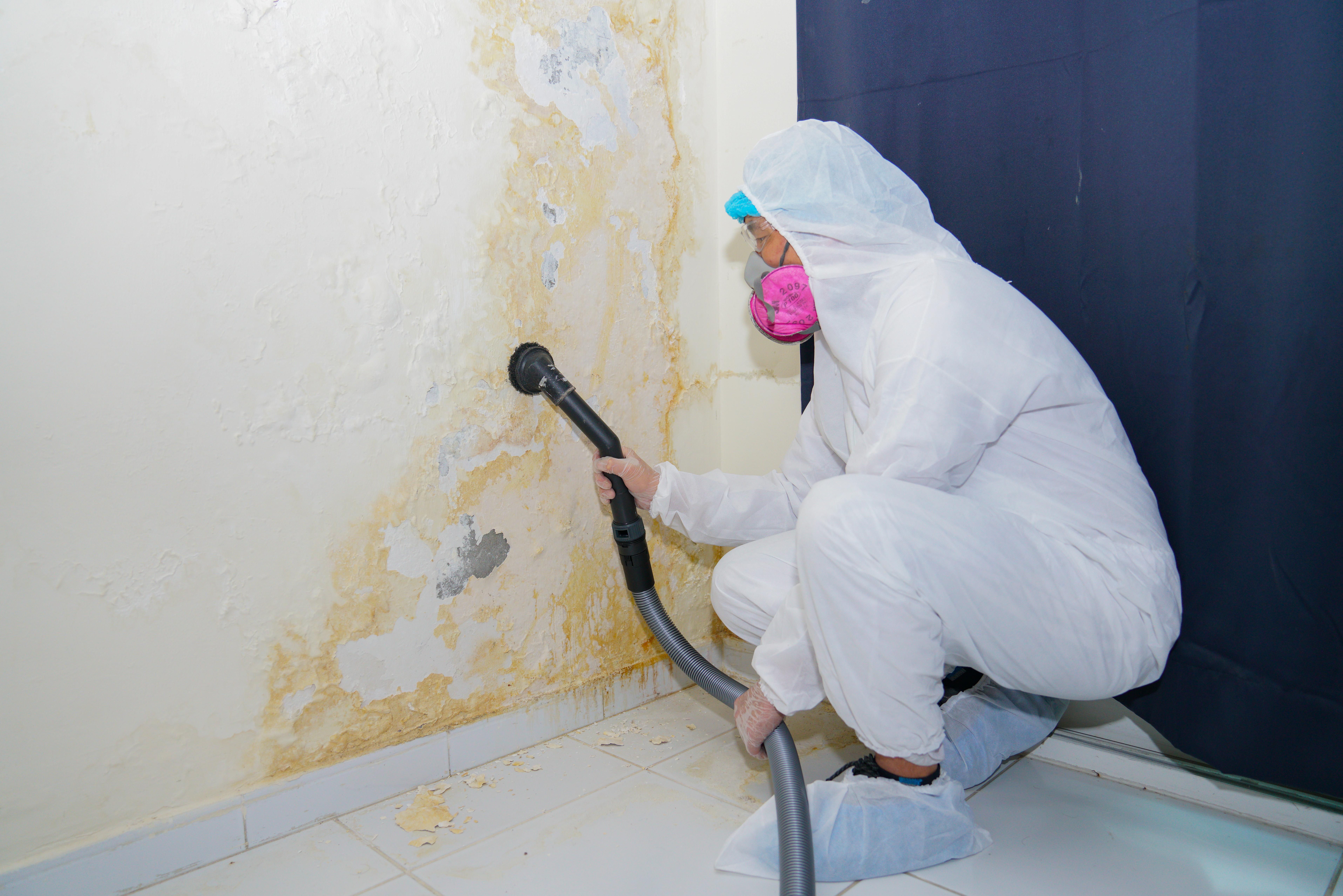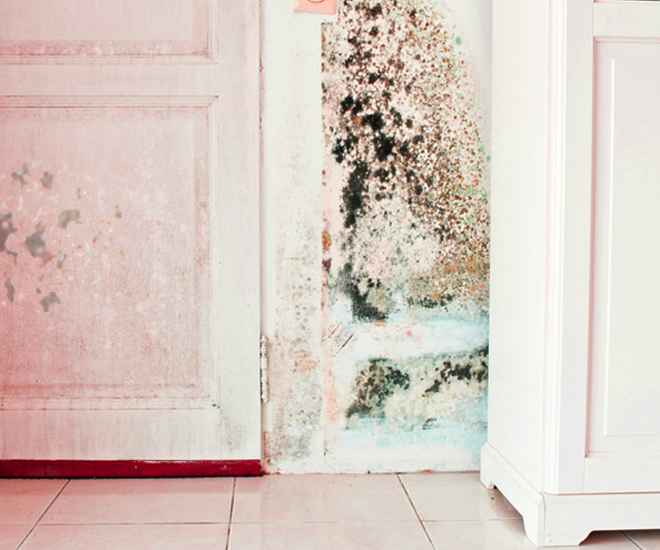Guidance on What to Do After Mold Remediation
Professional Tips for Message Mold Removal Success
In the realm of mold and mildew remediation, successfully getting rid of mold and mildew is only half the battle; truth difficulty lies in stopping its reappearance. Post-remediation efforts play an important function in making sure a mold-free environment in the long-term. By sticking to expert ideas and finest techniques, people can secure their areas against mold revival and keep a healthy and balanced interior setting. It is in this phase of the remediation process that focus to information and proactive measures truly make a distinction.
Screen Humidity Levels Frequently
Regular surveillance of moisture levels is vital in guaranteeing the effectiveness of post mold removal efforts. After finishing mold remediation procedures, preserving optimum humidity levels is critical to avoid mold re-growth and ensure a healthy interior environment. Surveillance moisture degrees enables for very early detection of any kind of spikes or changes that can potentially bring about mold resurgence. High humidity degrees over 60% develop a helpful environment for mold and mildew to thrive, making normal keeping track of a proactive procedure to stop any type of future mold concerns - Post Mold remediation cleaning.
Additionally, establishing a regular schedule for humidity checks, especially in high-risk locations such as restrooms, cooking areas, and basements, is a proactive approach to mold prevention. By constantly monitoring humidity degrees, residential or commercial property owners can efficiently reduce the danger of mold reoccurrence and keep a healthy and balanced interior atmosphere post-remediation.
Conduct Thorough Inspections Post-Remediation
Adhering to the completion of mold removal treatments, it is vital to carry out extensive inspections to verify the efficiency of the removal process. These post-remediation evaluations are important in making certain that the mold and mildew problem has actually been successfully addressed and that there is no recurrence or remaining mold growth. Evaluations must be executed by qualified professionals who have know-how in recognizing mold and assessing indoor air high quality.
During these inspections, numerous techniques such as aesthetic analyses, air sampling, and surface area sampling might be employed to extensively assess the remediated locations. Visual analyses include an in-depth inspection of the properties to look for any type of noticeable indications of mold and mildew growth or water damages. Air sampling aids in identifying the airborne mold spore degrees, while surface area tasting can spot mold particles on surfaces.
Implement Proper Ventilation Methods
After guaranteeing the performance of the mold and mildew remediation procedure through comprehensive evaluations, the next critical action is to focus on carrying out appropriate air flow methods. Adequate ventilation is important in preventing mold reoccurrence by regulating wetness degrees and advertising air blood circulation.
Correct air flow not just help in stopping mold and mildew development yet likewise contributes to the overall health and wellness and convenience of owners. By guaranteeing ample air flow throughout the home, you can minimize the threat of mold regrowth and develop a healthier living environment.

Usage Mold-Resistant Materials for Repair Works
To enhance the long-term performance of mold and mildew removal efforts, incorporating mold-resistant products for repair services is crucial in alleviating the risk of future mold growth. Mold-resistant products are developed to withstand moisture try this web-site and hinder mold and mildew growth, making them an essential choice for areas susceptible to dampness and moisture. When fixing areas influenced by mold and mildew, making use of products such as mold-resistant drywall, mold-resistant paints, and mold-resistant caulking can assist avoid mold and mildew recurrence.
Mold-resistant drywall is an exceptional option to typical drywall in areas like shower rooms and basements where dampness levels are greater. This sort of drywall has a special layer that stands up to mold and mildew development also when subjected to damp problems. Furthermore, using mold-resistant paints having antimicrobial representatives can additionally hinder mold and mildew growth on ceilings and walls.
In areas where moisture prevails, such as washrooms and cooking areas, using mold-resistant caulking around sinks, windows, and tubs can assist secure out water and avoid mold from holding in fractures and holes. By investing in these mold-resistant products during repair work post-remediation, you can substantially lower the chance of future mold and mildew problems and keep a much healthier interior atmosphere.
Maintain Sanitation and Address Water Issues
Ensuring cleanliness and immediately resolving water problems read this are essential methods to promote in safeguarding indoor areas from mold and mildew reinfestation. After mold and mildew removal, it is crucial to keep a clean setting to avoid the regrowth of mold and mildew (Post Mold remediation cleaning). Regular cleansing, cleaning, and vacuuming can help eliminate any sticking around mold and mildew spores and avoid them from working out and multiplying. Furthermore, keeping interior areas completely dry and addressing any kind of water issues quickly is essential in mold avoidance. Leakages, water invasion, or high humidity levels can produce the excellent breeding place for mold and mildew, so it is important to fix any type of water-related troubles quickly.
To keep tidiness, take into consideration utilizing HEPA filters in vacuums and Recommended Reading air cleansers to trap mold spores and stop their blood circulation in the air. Moreover, ensuring correct ventilation in locations susceptible to moisture accumulation, such as washrooms and cooking areas, can aid keep moisture degrees in check. By staying cautious regarding sanitation and addressing water concerns immediately, you can efficiently avoid mold reinfestation and maintain a healthy interior atmosphere.
Verdict

In the realm of mold and mildew remediation, effectively removing mold is just half the fight; the true difficulty exists in stopping its reappearance. After completing mold remediation treatments, keeping optimum moisture levels is important to prevent mold and mildew re-growth and ensure a healthy interior setting. High humidity degrees over 60% develop a favorable atmosphere for mold and mildew to flourish, making normal checking an aggressive action to stop any kind of future mold and mildew concerns.
To boost the long-lasting efficiency of mold and mildew remediation efforts, incorporating mold-resistant products for fixings is vital in reducing the risk of future mold growth. After mold removal, it is crucial to keep a tidy environment to prevent the regrowth of mold.